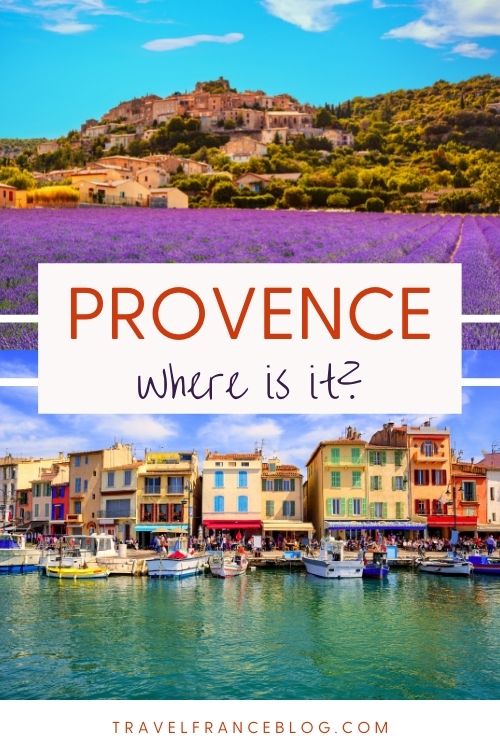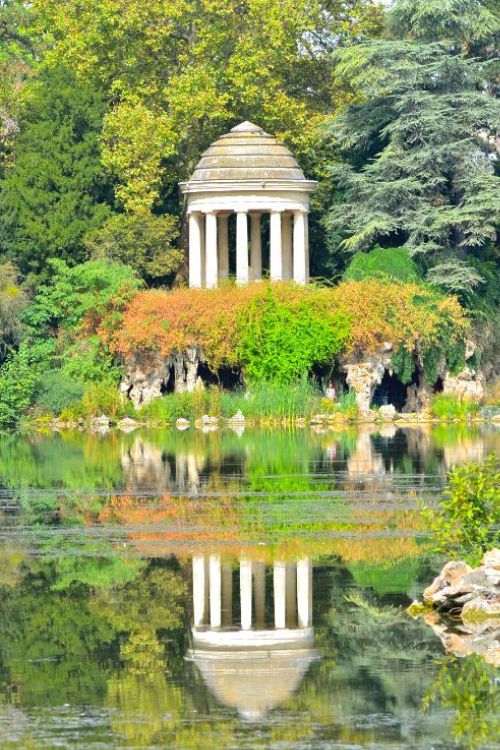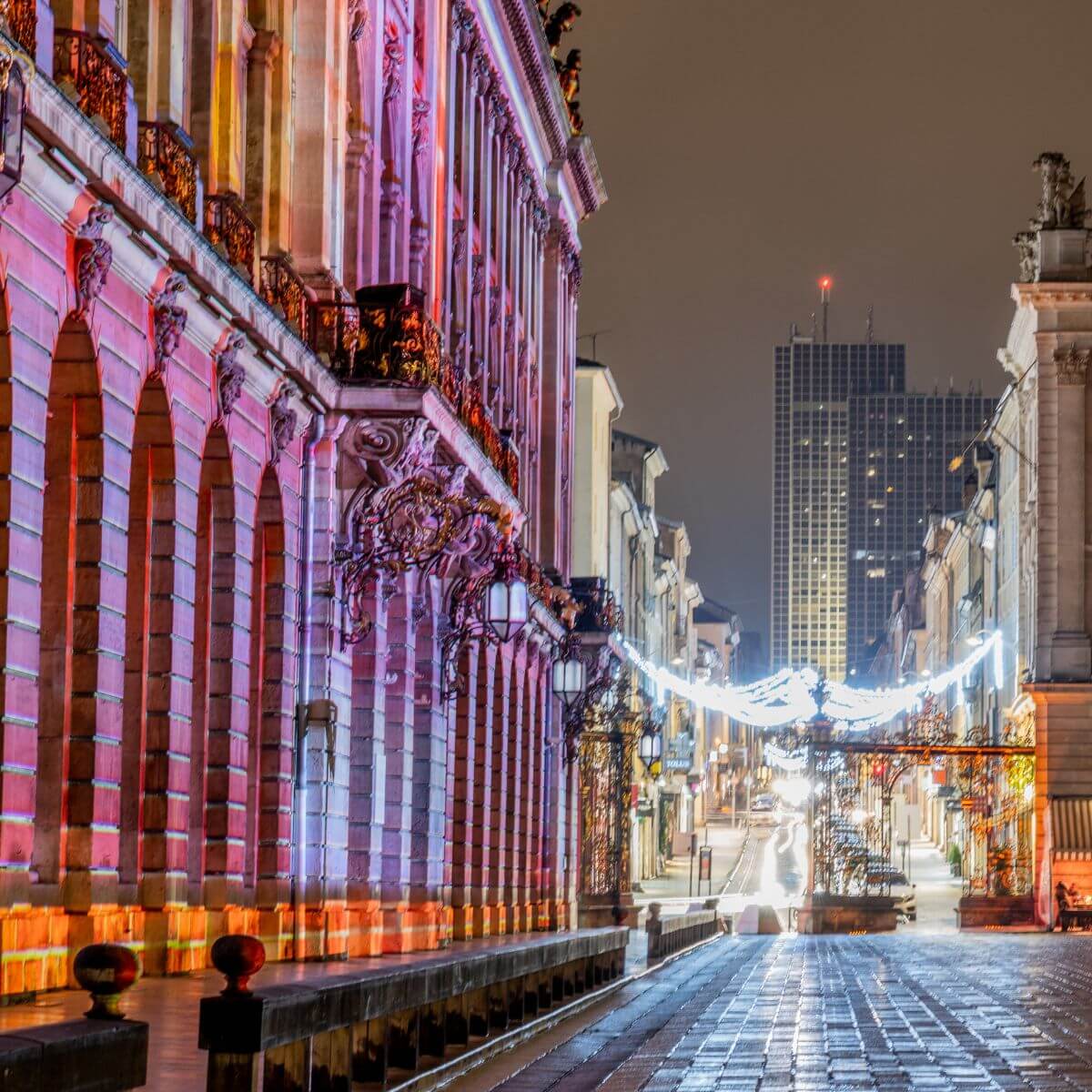Christmas Traditions in France
A mix of unique and varied traditions characterizes Christmas in France. Advent calendars, originally from Germany, are popular among children and not children, counting the days until December 25 with 24 or 25 surprise boxes.
Christmas Eve is celebrated with Le Réveillon, an elegant and extended dinner that brings together family and friends to enjoy French gastronomy.
These customs, along with other local traditions, reflect France’s rich cultural heritage and Christmas spirit. If you are planning to visit France for Christmas, read on.
Christmas Traditions in France at a Glance
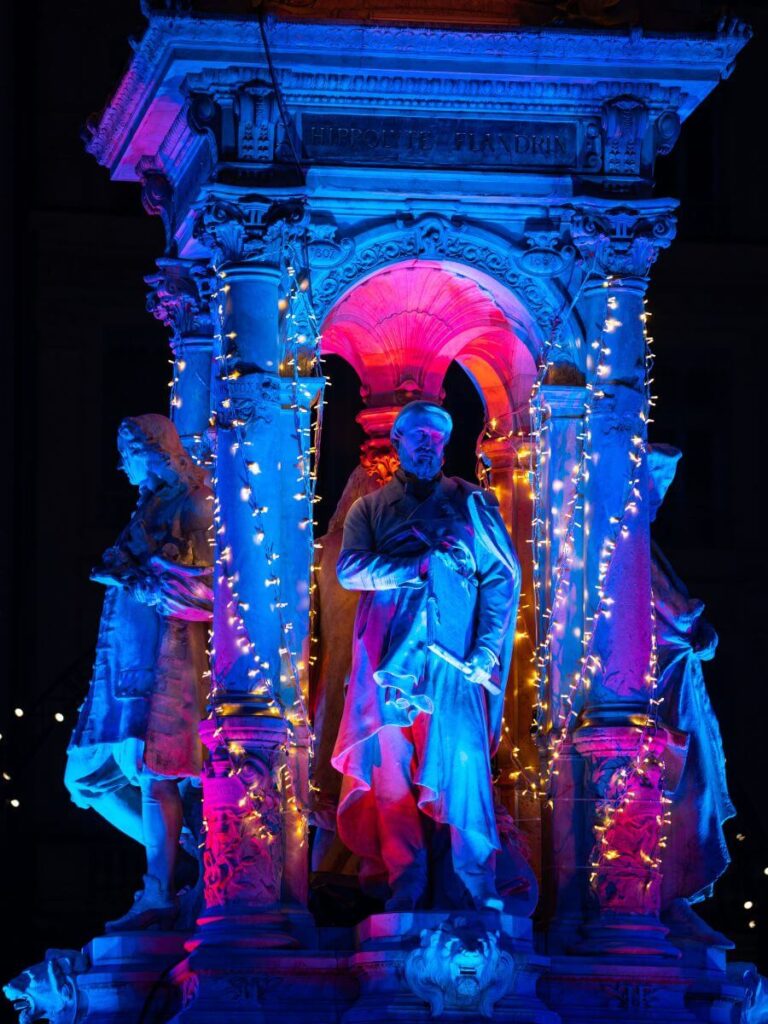
Christmas traditions in France are diverse and rich in history and culture. Some of the highlights include:
- Christmas Markets: In many French cities, Christmas markets are a major attraction. These markets, such as the famous ones in Strasbourg and Colmar, offer handicrafts, typical food and drinks, and incomparable decorations.
- Decorations and Christmas Trees: As in other countries, in France, the home is decorated with Christmas lights and ornaments. The Christmas tree is also an essential part of the decoration in many homes.
- Midnight Mass: Midnight Mass is an important religious tradition in France. Many families attend church on the evening of December 24 to celebrate the arrival of Christmas.
- Festive Meals: Food is crucial in French lives and Christmas celebrations. Typical dishes include foie gras, oysters, turkey or capon, and desserts such as Bûche de Noël (a cake shaped like a tree trunk).
- Santons de Provence: In the Provence region, it is traditional to create a nativity scene that includes figurines called ‘santons,’ which represent the characters of the birth of Jesus, as well as various traditional characters of Provence.
- Le Réveillon: This festive dinner is celebrated on Christmas or New Year’s Eve. It is known to be especially luxurious and prolonged.
- St. Nicholas Day: In some parts of France, especially in the northeast, you can meet this charming character who rewards children who have been good with sweets and gifts on the night of December 5-6. The similarities with other characters are mere coincidences… or maybe not!
- La Galette des Rois: On January 6, to celebrate Epiphany, the French usually eat the Galette des Rois, a puff pastry cake filled with frangipane. A small figure is hidden inside the cake, and whoever finds it is crowned king or queen of the day or pays for next year’s galette, depending on your friendships 😉
These traditions reflect the cultural richness of France and vary from region to region, offering a unique look at the celebration of Christmas in this country.
How Christmas Traditions Began in France
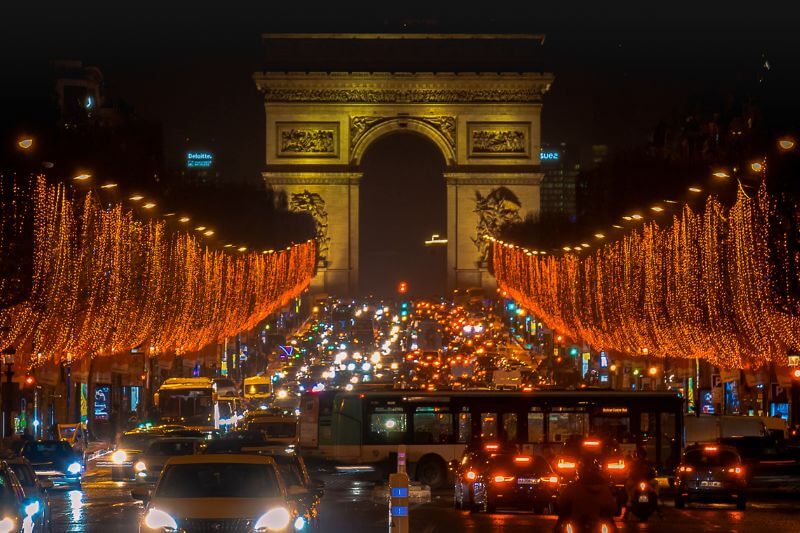
In the 14th century, Christmas traditions in France began to take shape, influenced in part by the impact of Saint Francis of Assisi in Italy, who played an important role in the incorporation of religious elements such as the nativity scene in Christmas celebrations and the manger, both of which are still present today.
The figure of Santa Claus, considered in the French version as Père Noël (with umlaut), is also in force. The legendary gift bearer associated with Christmas survives in tradition in France and other French-speaking regions.
There is also the character of Père Fouettard (“Father Whip”), a companion of Saint Nicholas who embodies a disciplinary figure who punishes naughty children. This tradition is particularly prevalent in the eastern regions of France.
When it comes to the Christmas tree, a popular holiday symbol, French history traces its use back to the 13th century. However, the tradition of decorating trees during Christmas really gained momentum in the mid-19th century.
In addition, many French homes have mistletoe hanging over their doors, which is believed to bring good luck for the coming year.
Traditional Decorations
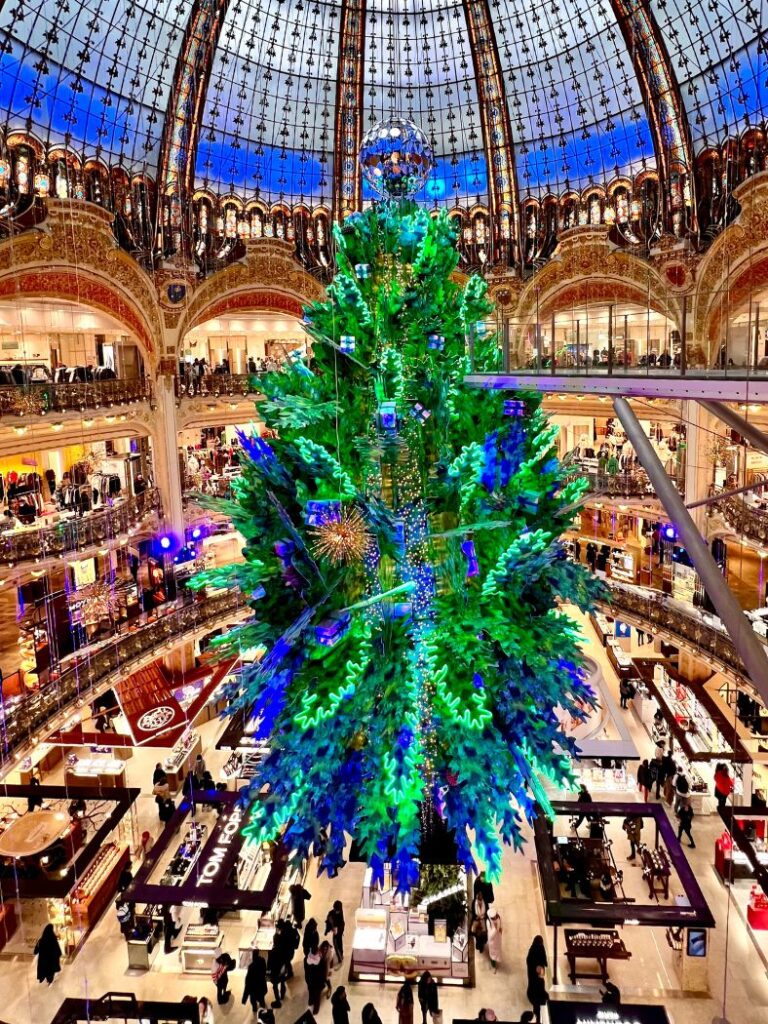
In France, decorating your home for Christmas is a festive affair. One of the central elements of French Christmas decoration is the Christmas tree or Sapin (pine) de Noël.
Traditionally, French families decorate their trees with sweets, nuts, and small toys. However, nowadays, it is also possible to find trees that are only decorated with ornaments and lights.
Another essential decoration in French homes is the Nativity Scene. This exhibit often features handmade clay figures depicting the Holy Family, the Magi, various animals, and other characters.
In some regions, additional figures called “santons” are included, representing the townspeople and local merchants.
On the other hand, the Advent wreath is also a popular decoration in many French homes. It is a circular wreath made of evergreen branches, usually with four candles representing the four Sundays before Christmas.
Each week, a new candle is lit, symbolizing the light of Christ coming into the world.
Mistletoe is a prized addition to French Christmas decorations. It is often hung above doors and is believed to bring good luck to those who pass underneath.
Kissing under the mistletoe is also a widespread custom intended to bring love and happiness to the couple.
The poinsettia (called “Christmas rose” in France) is often used to beautify homes and churches during the Christmas season in France.
In addition to these main features, other Christmas decorations can be found in French homes. These can include tinsel, garlands, window decals, and festive tables.
All these elements together help to create a warm and cozy atmosphere during the holiday season.
Christmas Eve Celebrations
In France, Christmas Eve holds a special place in the hearts of families as they gather to celebrate with various traditions.
Le Réveillon de Noël, in that sense, is a tradition or almost a family institution in the calendar. This festive meal is held late in the evening after attending Midnight Mass or at a regular time for those who do not go to church.
Families gather to enjoy a great feast with a variety of feast with a variety of dishes which usually include seafood, meats, and a variety of desserts.
A separate paragraph deserves the Père Noël in the French Christmas traditions. Known as the French equivalent of Santa Claus, Père Noël is a key figure of joy for children (and not so children!), who leave their shoes in front of the chimney full of delicacies for Gui, Père Noël’s donkey.
As in many other places, in France, the tradition of Père Noël consists of this figure who visits houses during the night and leaves gifts in the shoes of well-behaved children. In France, “Joyeux Noël” is how one greets Christmas.
In addition to Le Réveillon de Noël and the anticipation of Père Noël, attending Midnight Mass is another important Christmas Eve tradition in France.
Many churches are specially decorated with nativity scenes, candles, and decorations, adding to the magical atmosphere. In general, it is a family and spiritual ritual.
In any case, it is worth noting that the main attraction of Christmas in France is to treasure a moment of union and share the tradition and its delights with family and loved ones.
Festive food and beverages
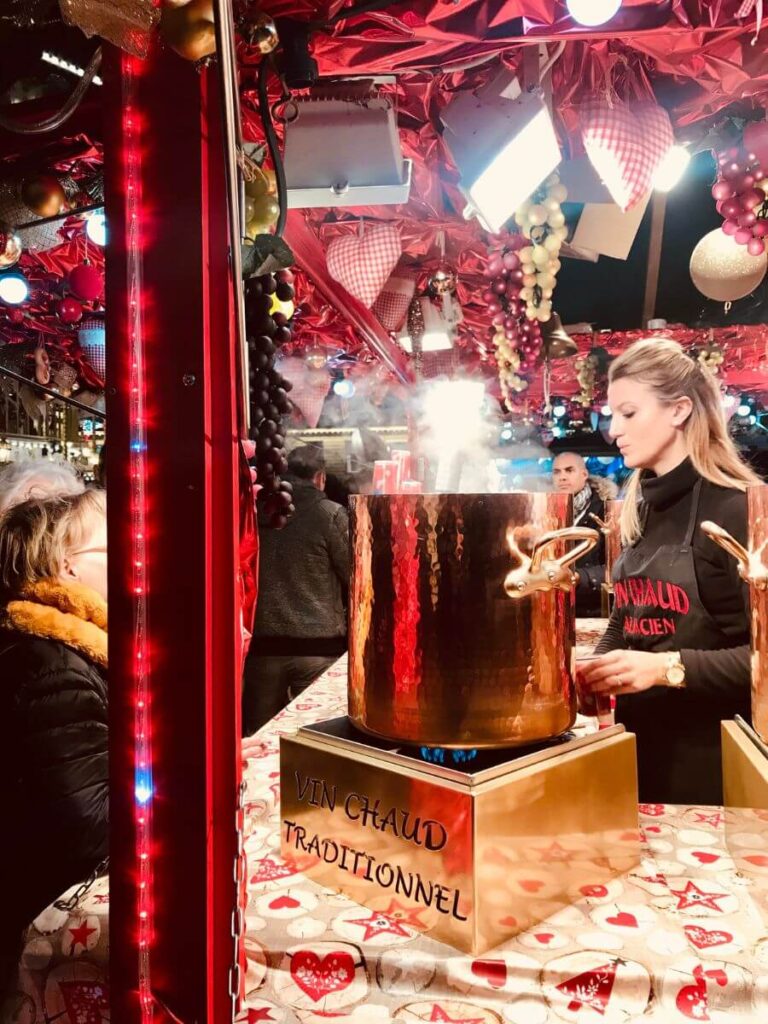
Christmas in France offers a variety of delicious food and drink as an essential part of its tradition. Magic times, magic dishes. Let’s take a look at some of them.
Bûche de Noël: this dessert is usually the centerpiece of the French Christmas party. It is a traditional Yule log-shaped cake made with rolled sponge cake, filled with buttercream and covered with chocolate ganache.
This dessert is both a nod to the ancient tradition of burning a log of wood during celebrations and an irresistible treat to enjoy during the holidays.
Foie gras is another luxury food appreciated during French Christmas celebrations. Made with fattened duck or goose liver, it is often served as an appetizer or in creative recipes, elevating the holiday menu to a gourmet level.
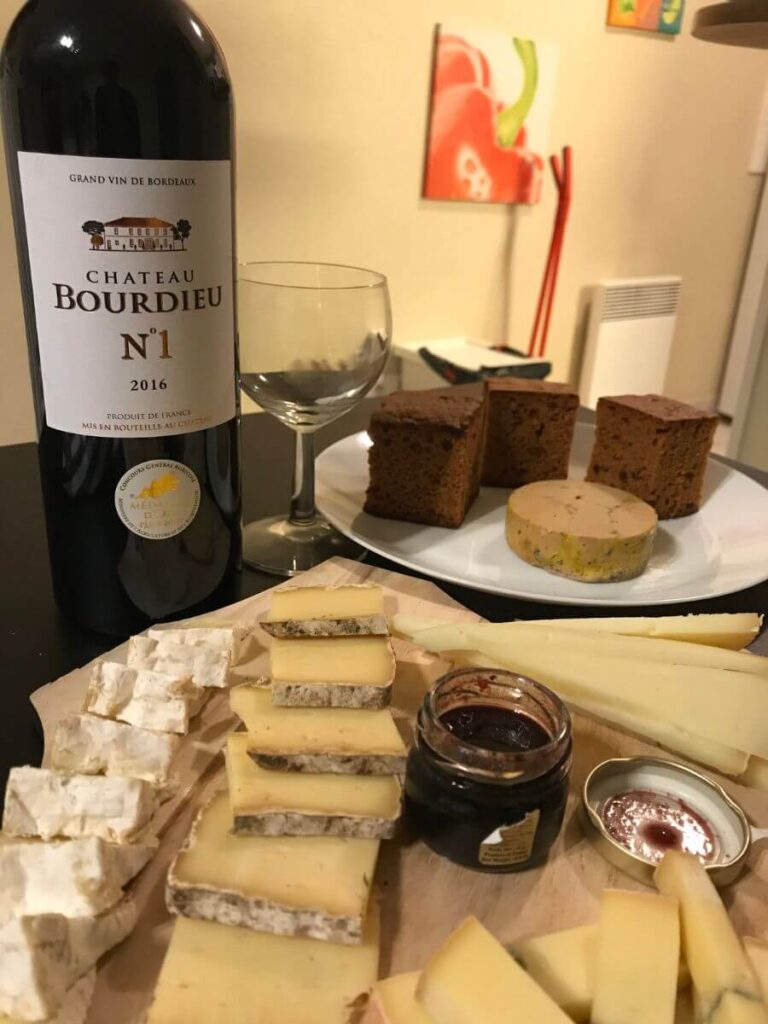
Seafood, especially oysters, plays a prominent role in French Christmas menus. Whether raw, baked, or cooked, oysters are a holiday favorite and symbolize wealth and abundance.
Other seafood and fish dishes are also often enjoyed on the Christmas menu.
One notable meat dish that food lovers anticipate during Christmas is capon. A capon is a castrated rooster known for its tender and tasty meat. This dish is usually roasted and served with vegetables or even stuffed with chestnuts.
A good selection of cheeses is a must. A must at any French table during festive gatherings. Some popular choices include Brie, Camembert, and Comté.
These cheeses are served along with nuts, dried fruits and fresh bread to create a delicious variety of flavors to complement the main courses.
In Provence, a regional French tradition is the 13 desserts. This selection of delicacies depicts Jesus and his 12 apostles, including various fruits, nuts, sweets, and cakes, all served at the end of the Christmas meal.
The Galette des Rois is also a celebratory cake commonly enjoyed in January during Epiphany. It is made of puff pastry filled with almond cream and has a small trinket hidden inside (whoever finds the trinket will be crowned king or queen of the day).
To accompany the meal, traditional holiday beverages such as vin chaud (mulled wine) and hot chocolate can be chosen.
Vin chaud is a blend of red wine, spices, and sometimes fruit, while hot chocolate offers a sweet and comforting alternative for those who prefer a non-alcoholic option.
Christmas Day Traditions
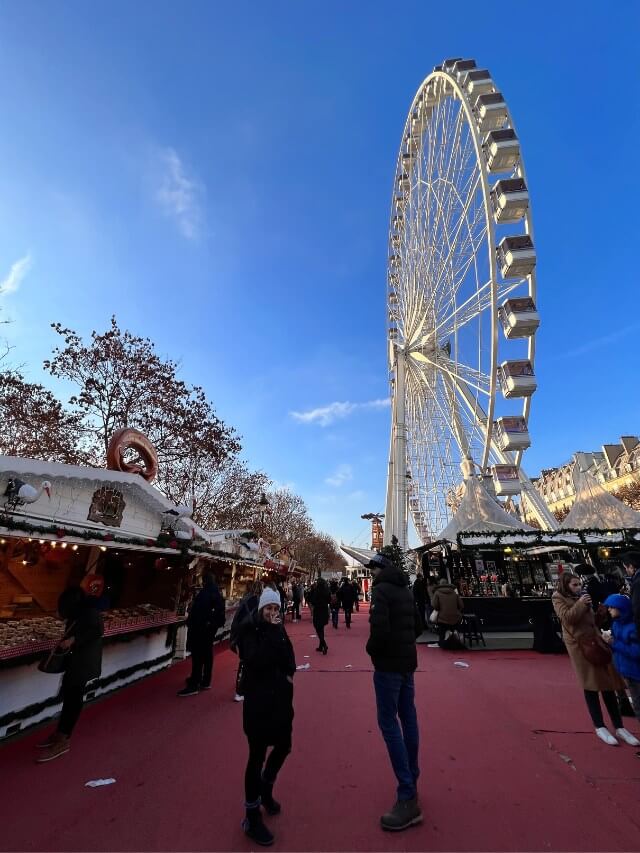
During the Advent season, which begins four weeks before Christmas, French families start preparing for the holiday. A popular tradition is the aforementioned Advent calendar.
Children mark it and look forward to opening a door/box daily and revealing a small gift, usually a chocolate. Anticipation increases as the days until Christmas count down.
Another children’s attraction par excellence mentioned above is Santa Claus or Père Noël, who comes with his gifts to reward the good behaviors of the year.
In addition to Père Noël, some regions of France also celebrate St. Nicholas on December 6, who is also known for bringing small gifts and treats to well-behaved children.
Although this tradition is more prevalent in northeastern France, it adds to the many gift-giving events in the country.
In addition to giving gifts, French families display nativity scenes in their homes with traditional biblical figures. In some regions, they include additional characters, such as bakers, farmers, and other merchants, as part of the scene, which is called a nursery.
Moving from tradition to gastronomic and social traditions, French families gather on Christmas Eve for the Réveillon.
The menu usually includes luxurious dishes such as foie gras, oysters, turkey stuffed with chestnuts, and various desserts such as bûche de Noël, already described. In addition to the spiritual factor, it is mostly about enjoying each other’s company and exchanging gifts.
The delightful mix of religious and festive traditions, from Père Noël to Réveillon, makes this time of year in France genuinely magical.
Celebrations and Local Festivities throughout France
In Provence, there is a unique tradition of creating nativity scenes called “santons,” which are hand-painted figures representing the region’s villagers. A stroll through the Christmas markets in this area, with their abundance of shrines, is a must-do experience.
In Lyon, the Festival of Lights is held every year around December 8. The city comes alive with illuminated buildings, creative lighting installations, and festivities that attract locals and tourists alike.
This fascinating event is beautiful, as the buildings seem to come to life.
Strasbourg is known for its Christkindelsmärik, one of the largest and oldest Christmas markets in Europe. Founded in 1570, this market offers a festive atmosphere filled with wooden chalets selling handmade crafts, decorations, and traditional Alsatian shepherd cuisine.
Paris dresses up its famous Champs Elysées: rows of illuminated trees and impressive displays. In addition, the various Christmas markets scattered throughout the city allow you to savor the authentic Parisian Christmas cheer.
Metz is known for its traditional St. Nicholas celebrations held around December 6. On this day, there are usually joyful parades, fireworks, and other festivities in honor of the region’s patron saint, who is believed to bring gifts to children.
French Christmas Vocabulary
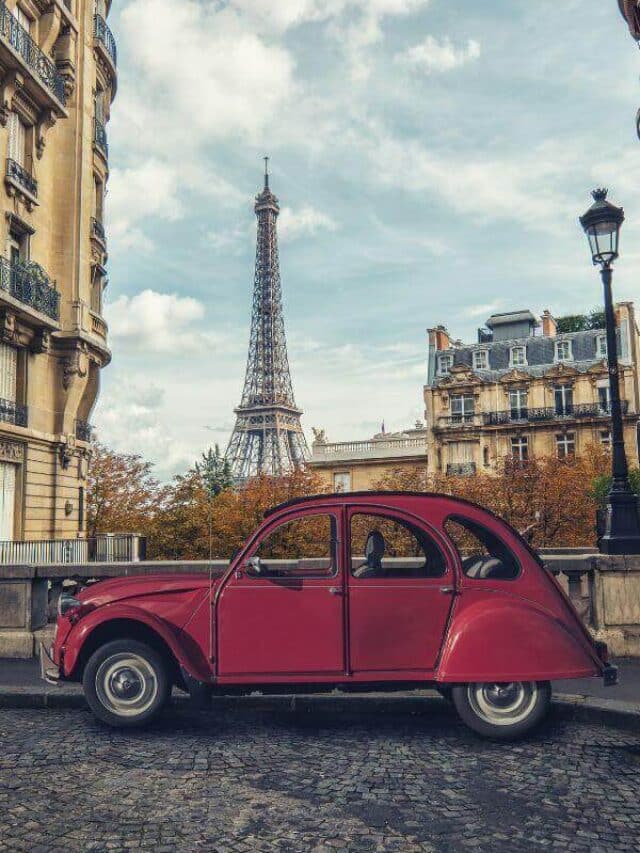
Every tradition involves a particular language, and French Christmas traditions are no exception. So, here are some key terms and phrases to better understand the celebrations in France.
Noël: The French word for Christmas is “Noël” and is commonly used in festive expressions such as “Joyeux Noël”, which means “Merry Christmas” in French.
Le Père Noël: The French equivalent of Santa Claus is “Le Père Noël”. He is the one who brings gifts to children during the Christmas holidays, just as Santa Claus does in other parts of the world.
In France, children put their shoes by the fireplace on Christmas Eve, and Le Père Noël fills them with presents.
Fête des Rois: Feast of the Kings; this event is celebrated on January 6 and is known as Epiphany in English. The day marks the visit of the Magi to the baby Jesus and the end of the Christmas season in France.
On this day people enjoy the traditional “Galette des Rois” or Three Kings Cake and share it with family and friends.
Chants de Noël: these are French carols that people sing during the Christmas season. Some popular “Chants de Noël” include “Petit Papa Noël”, “Il est né, le divin enfant” and “Minuit, chrétiens”.
Singing carols together is a lovely way for families and friends to come together and celebrate the Christmas spirit.
Jésus: In French, Jesus is pronounced “Jésus” and is of central importance in Christmas celebrations, as it commemorates the birth of Jesus Christ. The French tradition of setting up “La Crèche”, a nativity scene, often features figures of the baby Jesus, Mary, Joseph, and other important characters of the Christmas story.
Popular Christmas markets
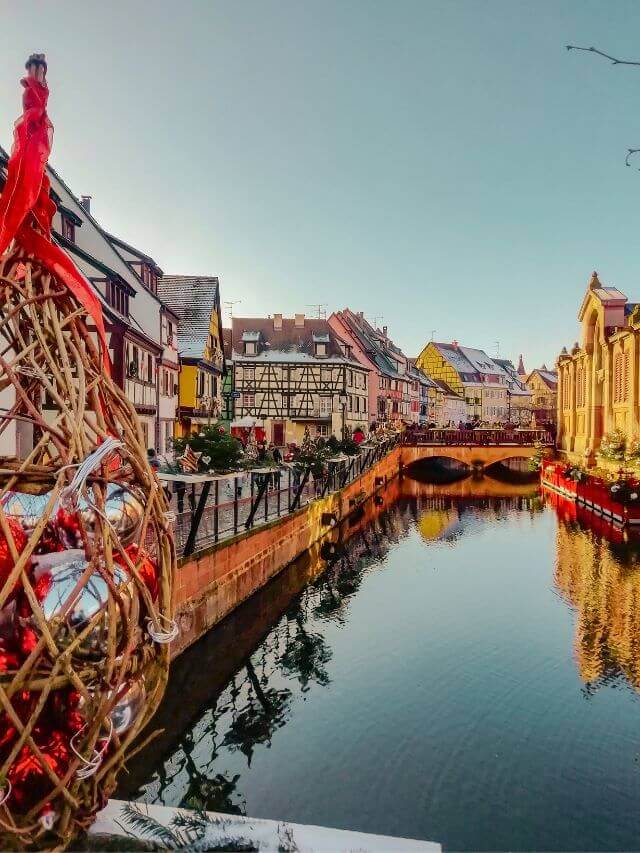
Visiting a Christmas market is an absolute must. These markets, known as Marché de Noël, bring the Christmas spirit to life with their dazzling lights, delicious foods, and unique gifts.
Here are some of the most famous Christmas markets in France that you should not miss:
Strasbourg Christmas Market: Considered one of the best in France and often referred to as the “Capital of Christmas,” the Christkindelsmärik in Strasbourg dates back to 1570. It is one of the oldest and most frequented Christmas markets in Europe.
Here you will find a combination of traditional and modern stalls offering a variety of Alsatian handicrafts, decorations, and festive delicacies. The magical atmosphere and the enchanting backdrop of the city make this an unforgettable experience.
Colmar Christmas market: the picturesque city of Colmar has six unique Christmas markets, each with its own distinctive charm. Stroll through cobblestone streets lined with half-timbered houses wrapped in dazzling lights.
You will find various artisanal products, traditional Christmas delicacies, and local wines to savor.
Lille Christmas Market: Located in the heart of this vibrant northern city, the Lille Christmas market transforms the city center into a winter wonderland.
The market’s centerpiece is an 18-meter-high Ferris wheel surrounded by festive chalets selling everything from handmade toys to delicious holiday treats like mulled wine and waffles.
Nice Christmas market: for warmer weather, head to the Nice Christmas market on the French Riviera. The market has about 60 chalets with unique handicrafts and regional delicacies.
With its ice rink, Ferris wheel, and live entertainment, this market offers a festive atmosphere for the whole family.
Post-Christmas Celebrations
In France, post-Christmas celebrations have their own significance. Among these celebrations, the Epiphany and La Galette Des Rois stood out as essential traditions.
On January 6, Epiphany is celebrated, marking the arrival of the Magi in Bethlehem. This day has great importance in French tradition and is observed with a variety of customs and events.
A popular custom is to prepare and share a special cake called La Galette Des Rois.
The Galette Des Rois is a delicacy that plays a central role in the French Epiphany celebrations. This golden, round dough is made of layers of puff pastry and filled with a delicious almond paste called “frangipane.”
As a symbol of good fortune, a small porcelain figure, known as the fève, is hidden inside the galette. The person who discovers the fève on his or her portion becomes the “king” or “queen” of the day and is crowned with a paper crown.
This practice is a joyful way to bring family and friends together during the holiday season.
Plan Your Trip to France
Everything you need to know before traveling to Paris
What is the weather like in France
This post may include affiliate links. This means that we will receive a small fee if you make a purchase through our links. It has no additional cost to you. It’s a win-win!

